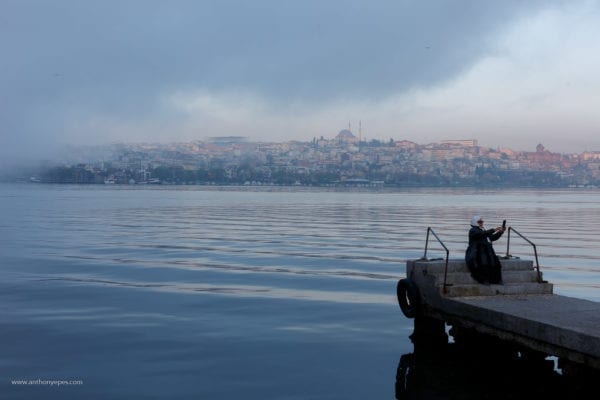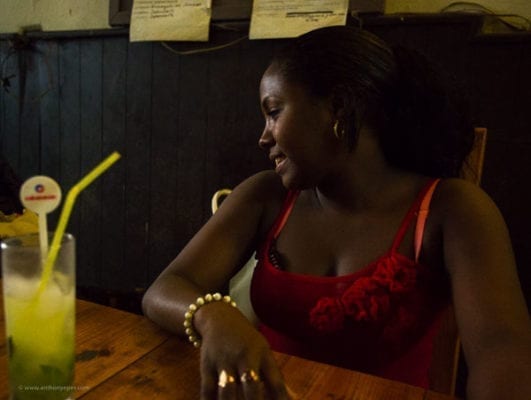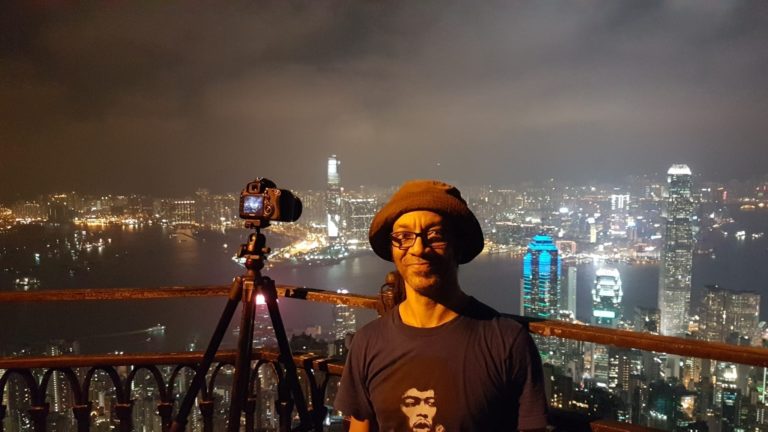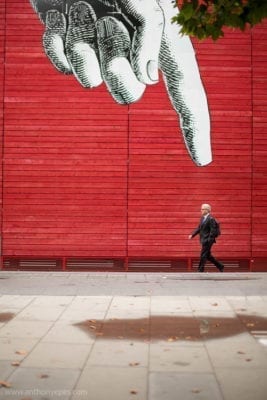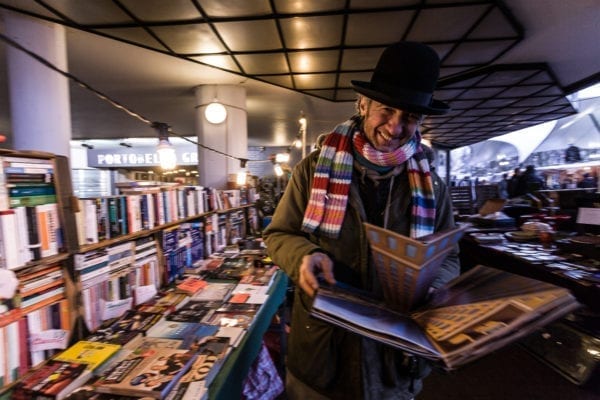The Power of Travelling for your Photography
Greetings from Palermo, on the beautiful island of Sicily. I have just finished running a workshop and now I am shooting and filming. It’s been a great week for me! Di and I were talking recently about why travel feels so exhilarating to us. I think: We travel to see the […]
